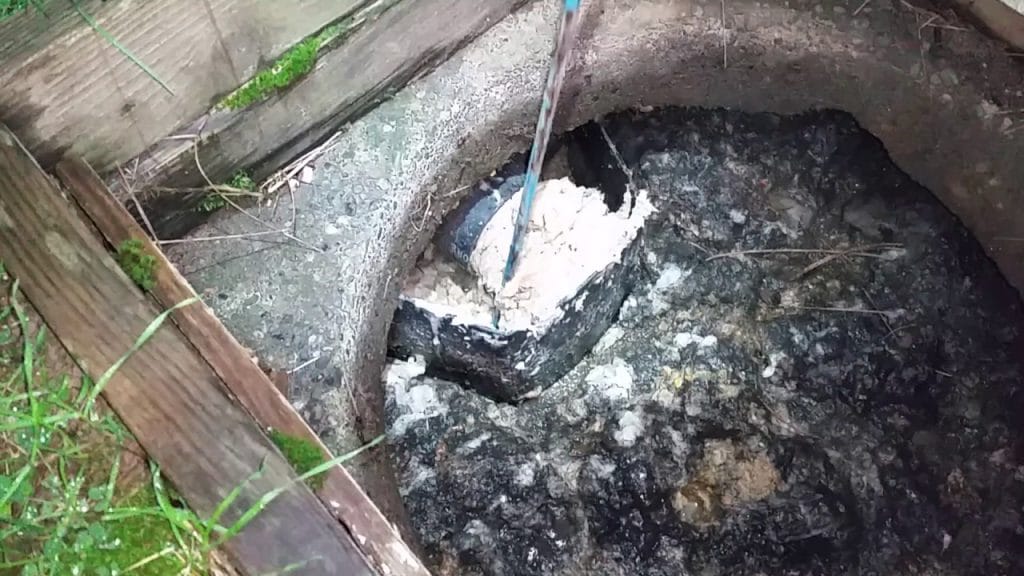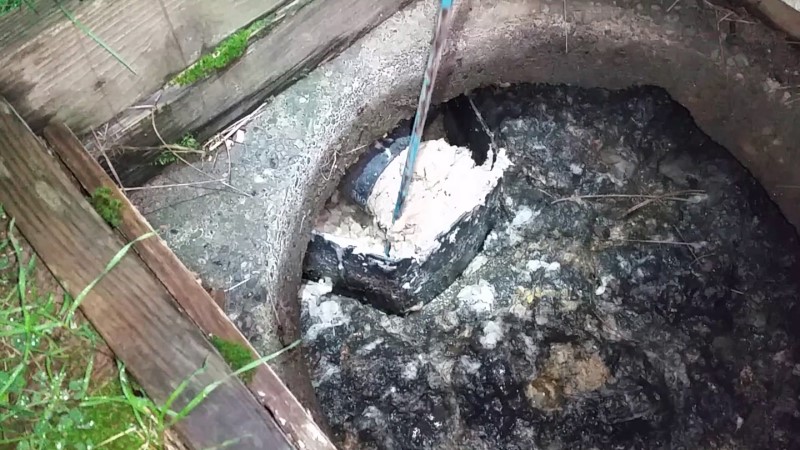
Septic clogs are part of living with indoor plumbing. It’s worth the effort when you consider going outside to use the outhouse in February.
Yes, indoor plumbing is one of mans greatest achievements until the system backs up and out onto the floor. Septic systems clog up for many reasons. The most common is the overflowing toilet bowl from an over use of toilet paper. Feminine napkins can also cause a system to back up and eventually make their way out into the drain field where they can have a long term negative effect on the drain field.
Depending on the type of system you have, diagnosing a clogged septic system can be a fairly easy task or it can require the experience and expertise of a skilled septic system inspector.
Obviously, the first thing you should do in the event of a system backup is turn off the water supply and stop the flow A.S.A.P. The second thing that you should do is open windows and doors creating as much air flow as possible. It is important to dry the area out as soon as possible before mold sets in.
Septic clogs can be prevented with a little due diligence and a monthly maintenance septic tank additive. By using a beneficial bacteria and ensuring only septic safe products are used or flushed down the septic system, you can insure your septic tank and drain field will give you many years of problem free service and hopefully no septic clogs.
